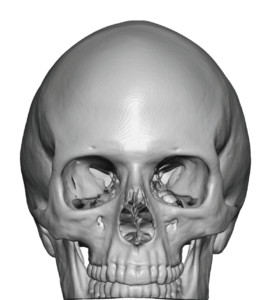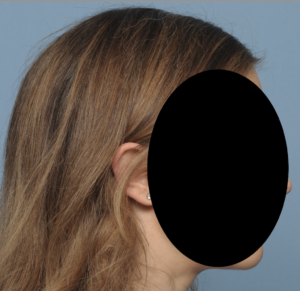Background: Aside from asymmetries and congenital skull deformities there are gender differences in the types of aesthetic skull augmentations that are requested. In my experience the back of the head is the #1 request for men while the crown of the skull is most commonly sought in women. One could argue that the lack of hair and the amount of skull exposure for men is what makes them seek an overall better head shape when the back is flat. Conversely having hair and the desire to stop making the hair camouflage the deficient crown of the head is what drives women to seek an implant augmentation.
The crown of the head is the intersection of the top and back of the head. It is also called the corona capitis or better known as the vertex. It is the highest spot on the skull. Having a prominent crown of the head is of aesthetic significance for women but much less so for men. The exact reasons for this preference are not clear.
But it is clear how to achieve a higher or fuller crown of the skull. Designing a custom skull implant using the new projection of the crown area is the foundation of such an implant design. This amount of projection controls how far from this area the footprint of the implant must go to have a smooth skull shape and to flow smoothly into the four surfaces to which it contacts. (top, back and sides of the skull)
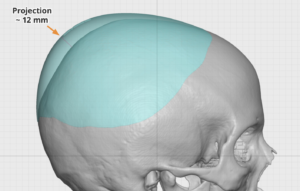
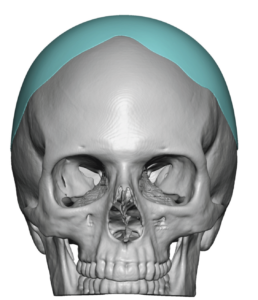

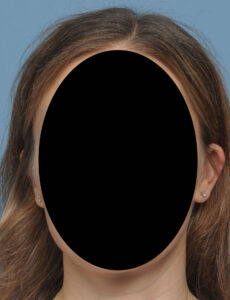
She appeared four years, despite the improvement for a custom skull implant replacement that had more volume on the sides. Such secondary skull implants for additional changes in shape or volume are common. (aka I think it can even be better)
Case Highlights:
1) Skull augmentation in females is most commonly done for the crown of the head.
2) The limits of the size of a custom skull implant in a thin female is the tightness of the enveloping scalp and is usually around 150ccs.
3) Placement of a crown of the skull implant is done through a posterior scalp incision without shaving any hair.
Dr. Barry Eppley
World-Renowned Plastic Surgeon





